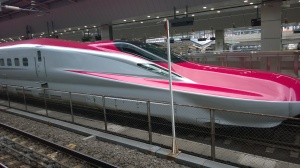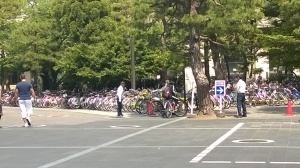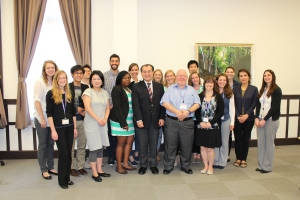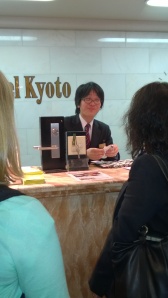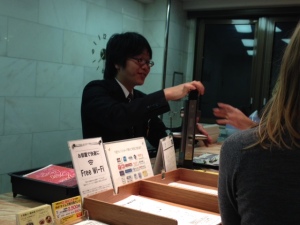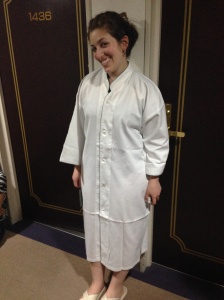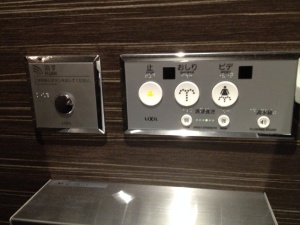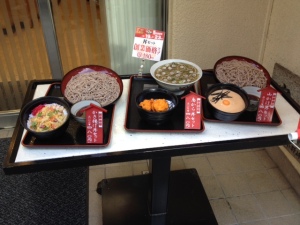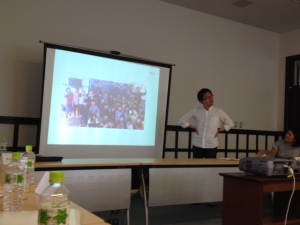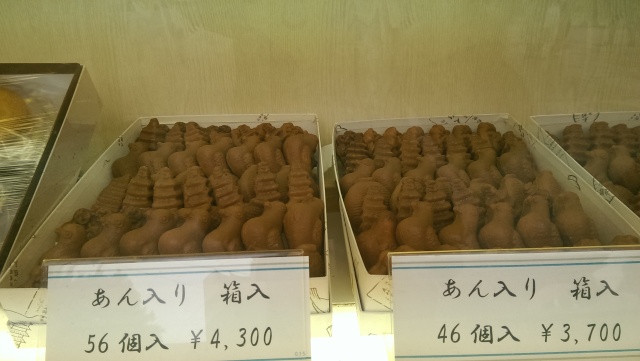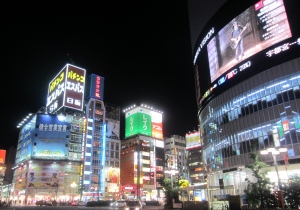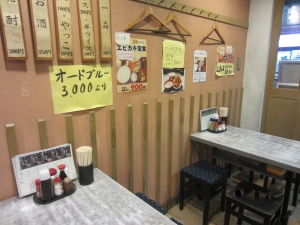This post is by Alex Proimos, a 2015 Master candidate in the International Education Program at GWU.
The last few days have been a bit of a whirlwind. Between meetings, museums, and meals, Aki-san and the KAKEHASHI leaders have given us all we can handle before sending us back to the States. To be honest, I’ve spent most of the day sleeping with my face on a tray-table. Not the best way to analyze cultural dynamics.
Instead, I’ve decided to shine some light on the authors of this blog. These are truly some of the most insightful, enthusiastic, and determined people I’ve ever known. Discussing the happenings of the day individually or as a group amplified my understanding of topics, offered me alternative perspective, and enhanced my interest in the field of education. I also laughed. Pretty much the whole time. Here they are in no particular order:
Katherine is fearless. When we needed a leader, she stepped forwarded and represented our group in a way that made us shine.
I would place all bets on Cynthia, and would enthusiastically entrust her with my child’s education. She taught me to never turn down.
Monica is soft spoken, but so well spoken. When she speaks, you need to listen.
Beth J. is insanely patient. Sitting next to me on an airplane for 14 hours is likely a nightmare, but she pulled it off well.
Sarah M’s ability to focus really enviable. She is actively listening all the time, and she can apply themes to specific people in the way they’ll find most digestable. Such a great skill.
Trish is a fighter. Always independent, confident, and strong willed.
Beth L. is a genius. An independent thinker and mover. Listen when she speaks, unless she’s trying to take you to a Cat Cafe.
Sara S. just makes sense. In times of varied opinion, she can synthesize information in a way that is objectively good.
Rachel taught me that there is always time for a nap or a dumpling.
Katie taught me how to say her last name. I mean, I kind of know how to. I think? So very comfortable in her own skin.
Maggie is one of the most fun-loving people I have ever known. Always excited, no matter how dull the situation may seem to others, which is contagious.
The lesson I’ve learned from Jim is to never stop asking questions, even if you aren’t getting answers.
That’s kind of the moral of the whole trip for me. There were so many times I witnessed things for which I had no explanation. Japan and Japanese culture drive the curious crazy, presenting opportunities to investigate every moment. It’s exhausting, but the neon lights will keep you awake.

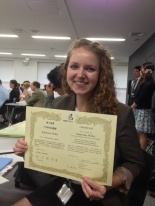
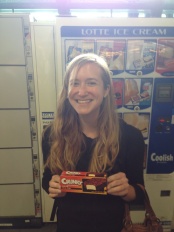
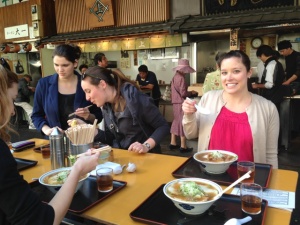
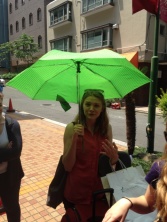
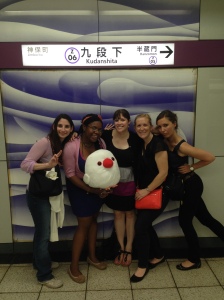

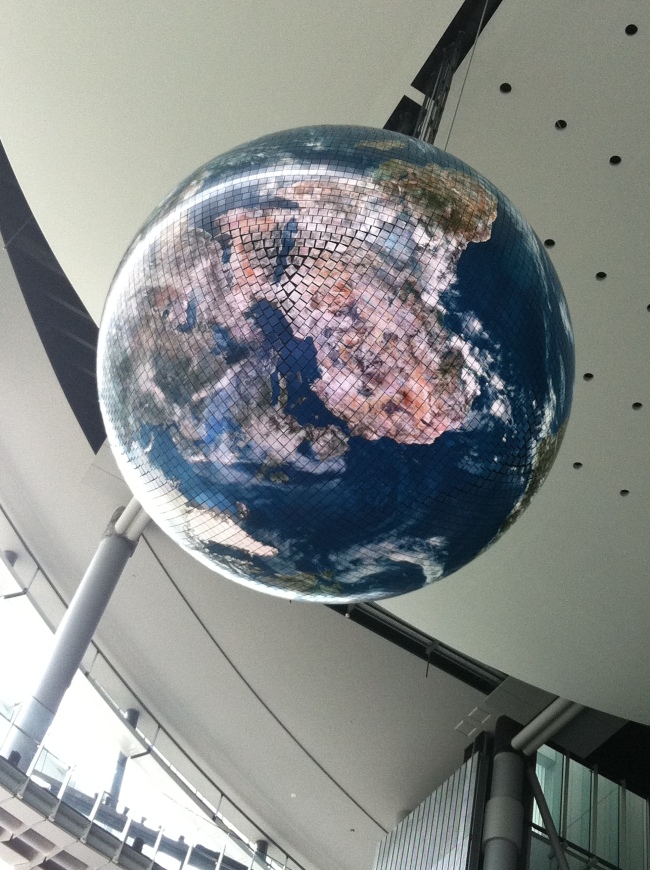
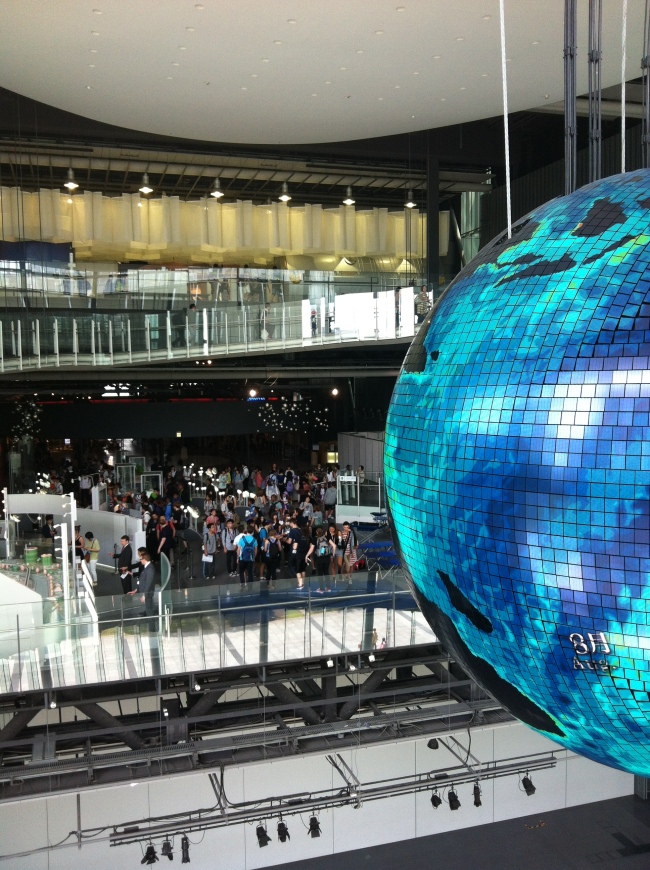

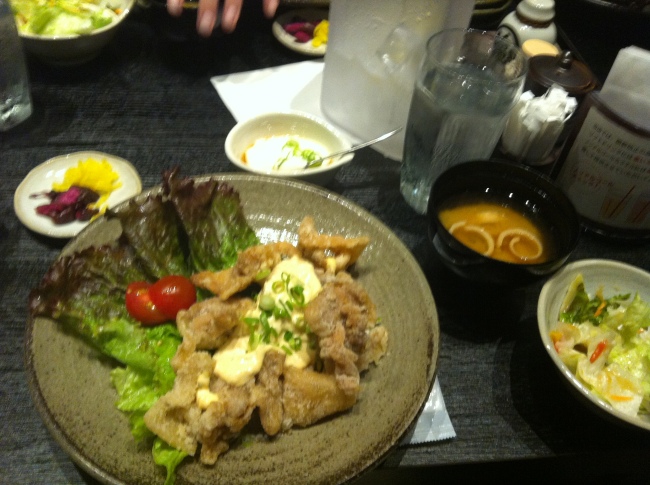
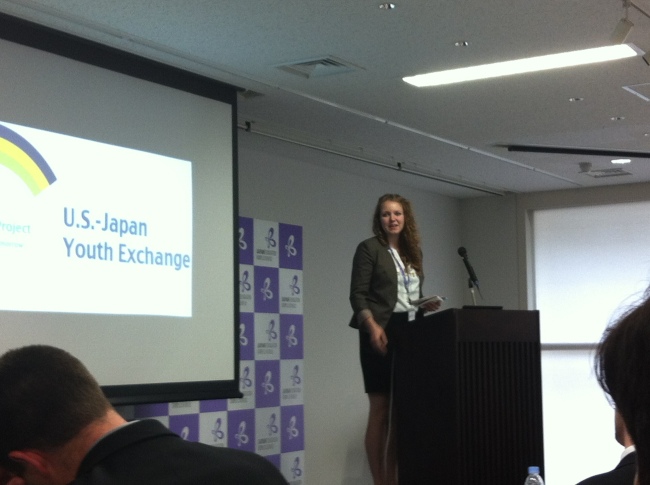
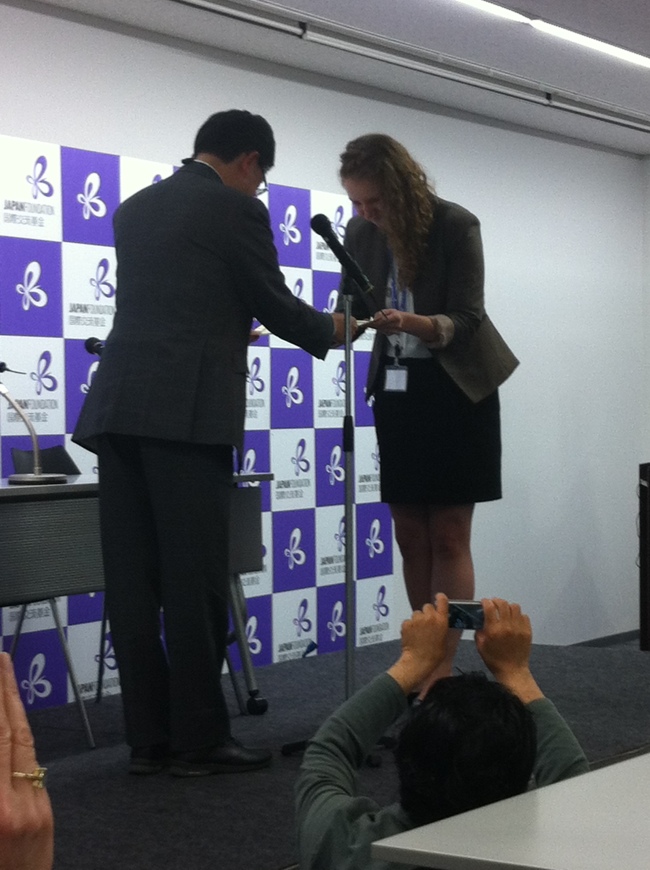
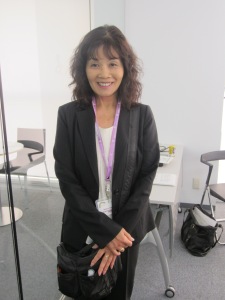

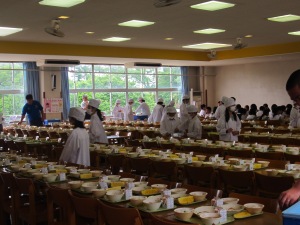
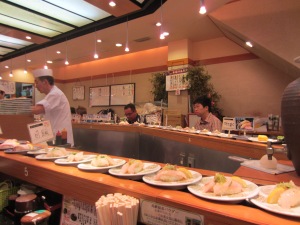
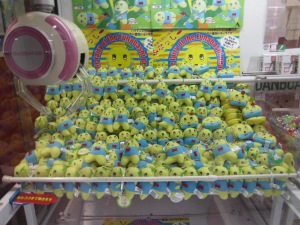
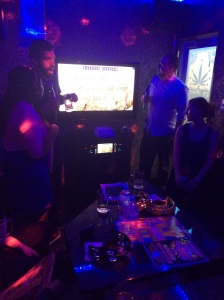
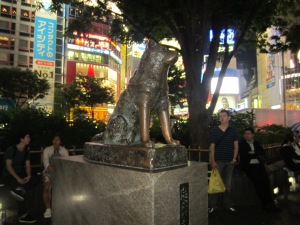
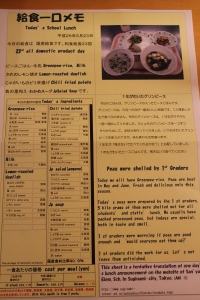
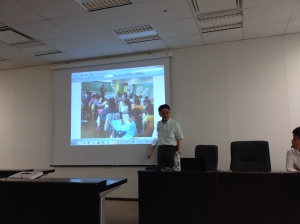
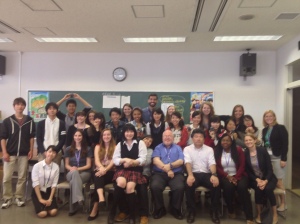
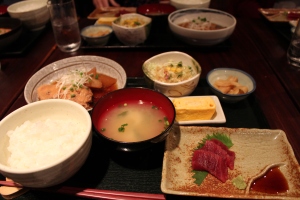
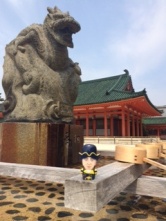
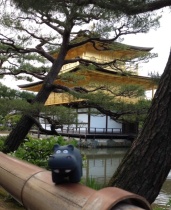
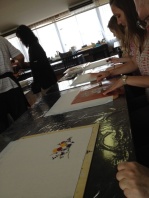
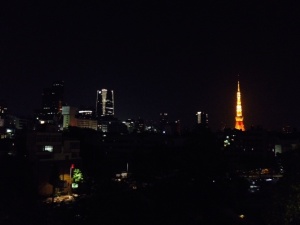
![IMG_1066[1]](https://kakehashiiepgw.files.wordpress.com/2014/05/img_10661-e1400966756892.jpg?w=300&h=224)
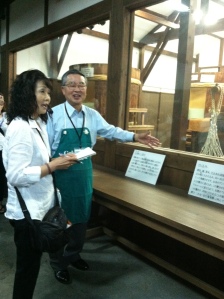
![IMG_0970[1]](https://kakehashiiepgw.files.wordpress.com/2014/05/img_09701.jpg?w=224&h=300)
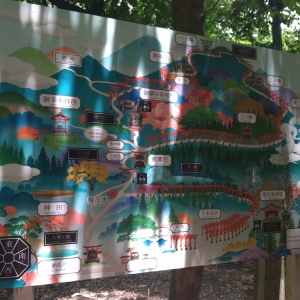
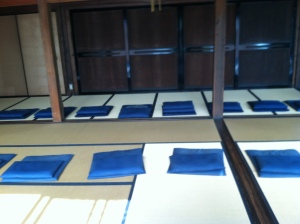
![IMG_1108[1]](https://kakehashiiepgw.files.wordpress.com/2014/05/img_11081.jpg?w=300&h=300)
